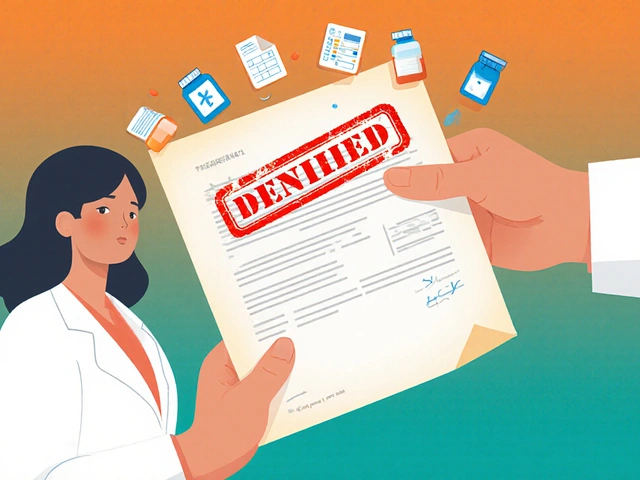Erosive Esophagitis and Anxiety: How They're Connected and What to Do
July 1 2023Diuretic options: what they are and which might suit you
Diuretics help your body get rid of extra water and salt. Doctors use them for high blood pressure, swelling from heart or liver problems, and some kidney conditions. If you’ve been told to try a diuretic, this page breaks down the main options, common side effects, and simple tips to use them safely.
Which diuretics are available?
There are a few clear groups to know:
Thiazide diuretics — Examples: hydrochlorothiazide, chlorthalidone. Often the first choice for mild high blood pressure. They lower blood pressure steadily and work well with many other medicines.
Loop diuretics — Examples: furosemide (Lasix), bumetanide. Stronger fluid removers used when swelling is significant, like in heart failure. They act fast but can drain salts quickly.
Potassium-sparing diuretics — Examples: spironolactone, eplerenone, amiloride. These help keep potassium levels from dropping. Spironolactone is also used for hormonal reasons in some patients.
Carbonic anhydrase inhibitors — Example: acetazolamide. Used for special cases like altitude sickness, certain eye problems, or specific kidney issues.
Osmotic diuretics — Example: mannitol. Mostly used in hospitals for brain swelling or to protect kidneys during some procedures.
How to use them safely
Picking the best diuretic depends on why you need it, other health issues, and what other medicines you take. Ask these simple questions: Do you have low potassium? Do you have kidney issues? Are you on blood pressure or heart meds? The answers guide the choice.
Watch for common side effects: increased urination, dizziness, muscle cramps, and changes in electrolytes like sodium or potassium. If you feel faint, notice muscle weakness, or have irregular heartbeat, call your provider. Loop diuretics can cause bigger drops in potassium and salt than thiazides. Potassium-sparing types protect potassium but can raise it too high in some people.
Regular checks matter. Your doctor will likely test blood pressure, kidney function, and electrolytes after starting a diuretic and again after any dose change. Bring a list of all drugs and supplements you use — some interact with diuretics (for example, NSAIDs can blunt their effect, and ACE inhibitors or ARBs may raise potassium when combined with potassium-sparing diuretics).
Simple habits help: take the dose as your doctor says, avoid sudden standing up after sitting for long, and time doses to avoid nighttime bathroom trips if that’s a problem. Don’t stop the medicine suddenly without asking your doctor.
If you want to compare options or have questions about a specific drug, talk to your pharmacist or clinician. They can explain which diuretic fits your health, what tests you’ll need, and what to monitor at home. Clear, practical steps keep treatment safe and working well.
 22 Mar
22 Mar
Top 10 Alternatives to Furosemide in 2025: Exploring Your Options Now
Explore the top 10 alternatives to Furosemide available in 2025 with this comprehensive guide. Learn about different medications that offer effective solutions for hypertension and fluid retention. Compare the pros and cons of each option to find the best fit for your health needs. Discover the latest advancements in diuretic treatments and make informed decisions for better wellness.
Read More...




